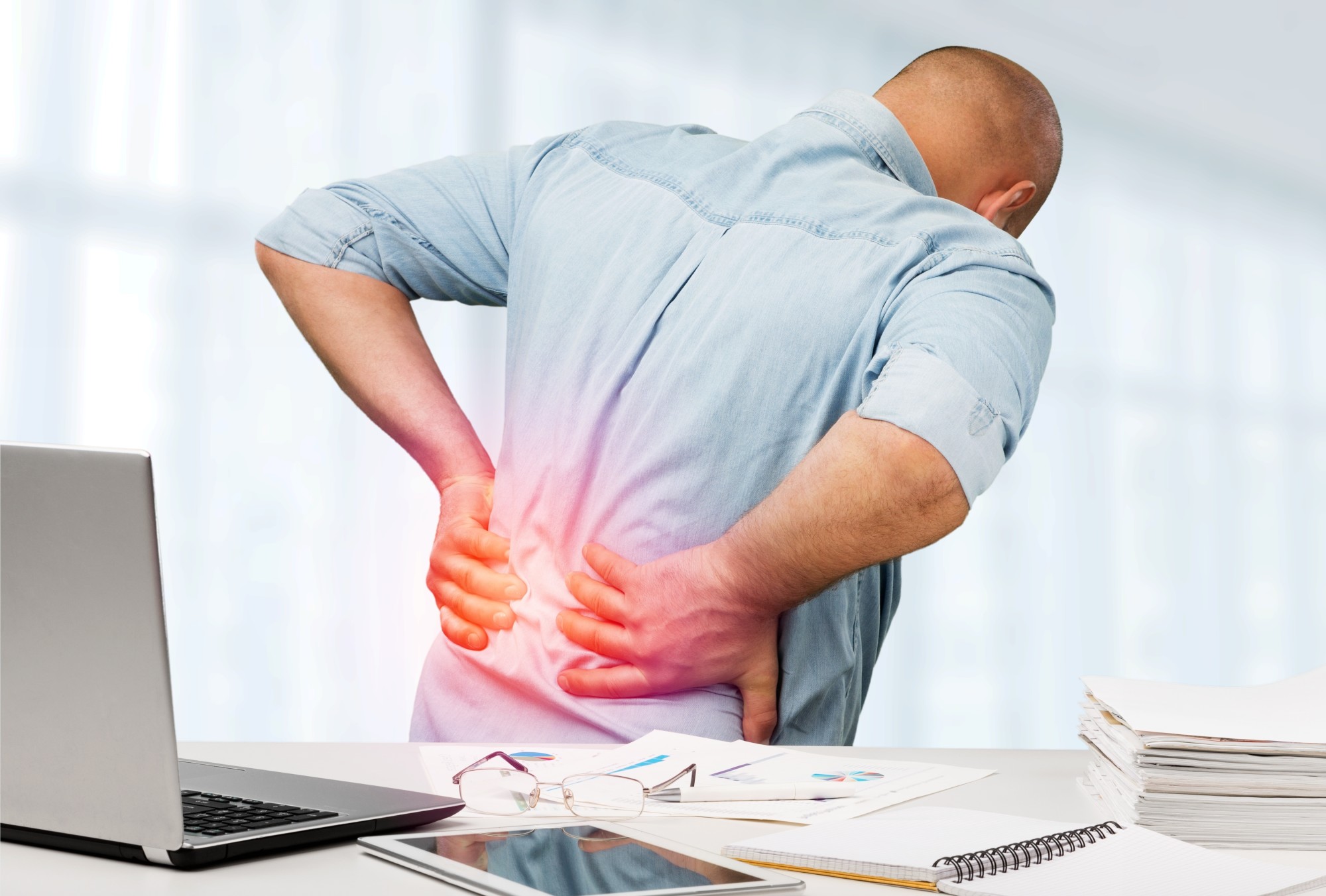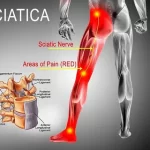You may have reached for something on a high shelf and felt your back twinge. Or you bent over to pick up something off the floor, and your lower back seized up. You’re not alone.
80 percent of adults experience back pain at some point in their life. In fact, it’s the most common cause of job-related injury.
Chronic back pain lasts for 12 weeks or longer, even after the initial injury has been treated. Relieving chronic back pain may require more than one treatment over several weeks or even months. In considering what to do for lower back pain, here are three strategies to try and one to avoid.
Table of Contents
1. Ice and Heat
Both ice and heat are effective treatments for lower back pain. The general rule is to start with ice for the first 24 hours. You don’t need to spend a lot of money on expensive ice packs. Just grab a bag of frozen peas from your freezer, wrap it in a towel and apply to your lower back where the pain is the worst.
Ice reduces inflammation by decreasing the size of the blood vessels and the blood flow to the area. The cold also reduces swelling.
After the first 24 hours, switch to heat. Heat works the opposite way that cold does. Heat dilates or opens the blood vessels. That increases the oxygen supply to the back and helps reduce muscle spasms. A washcloth soaked in hot water and wrapped in a towel works well.
For maximum relief, soak in the tub. Warm water will soothe any aches and pains might have, beyond your lower back. In fact, a hot bath is an effective treatment for the symptoms of arthritis and scoliosis, as well as back strains and sprains.
2. Over-The-Counter Pain Relievers
OTC medications like Tylenol and Advil can ease lower back pain by reducing inflammation. They can cause liver and kidney with long-term use, so take only the prescribed dose. If you find your back pain persists longer than a week or so, talk to your doctor before you continue taking OTC medications for pain.
Back pain sufferers may also find relief in topical treatments. For example, creams that contain capsaicin, salicylate, camphor, eucalyptus oil, and menthol may help alleviate pain. Again, these should be considered short-term treatments and not a long-term solution.
3. Diet and Exercise
A healthy diet can relieve lower back pain in a couple of ways. Number one, eating well can help you lose weight and/or maintain a healthy weight. Carrying around extra pounds will strain your lower back and make a sore one even worse.
Number two, a diet high in key nutrients can keep your bones strong. Strong bones are better able to support the muscles and ligaments in your back and alleviate strains.
These nutrients include calcium, commonly found in dairy products. You can also get calcium from vegetables like kale, bok choy, and broccoli. Also, look for foods high in phosphorus, like beans and sardines. Finally, make sure you’re getting enough Vitamin D. Foods high in Vitamin D to include swordfish, salmon and eggs.
Exercise may sound counter-intuitive to anyone who has been laid up with back pain, but movement will help. Keep doing your daily activities like walking the dog, rolling the garbage can down to the curb and cleaning the house. Even light exercise will keep the blood flowing to your sore back and help it heal.
Light aerobic exercise like swimming, walking and bicycling can help to keep your muscles loose and limber and speed healing. Having strong hip, pelvic and abdominal muscles also gives you more back support.
There are a couple of things to keep in mind. Once, remember to stretch before you begin any exercise. Warming up will do just that – warm up your muscles to help prevent injury. Five minutes is all you need. After your workout, walk at a relaxing pace for another five to 10 minutes.
You might also consider stretching exercises designed to improve your posture. You may have something called an anterior pelvic tilt problem, which can contribute to lower back pain.
Some lower back sufferers have found also relief through chiropractic care. Learn more here.
Now that we’ve discussed three things you should do to help alleviate your back pain, be aware of one thing you should not do.
What to Do for Lower Back Pain – What to Avoid
Just as some exercises help reduce lower back pain, others can make it much, much worse. Avoid high-impact workouts that put stress on your joints and jar your back.
These would include high-impact or step aerobics, running, jumping or twisting. Sports like basketball or even golf could very easily exacerbate your lower back pain. Instead, focus on exercises like swimming, yoga or biking.
Don’t lift anything heavy over your head. That can strain your back. If you’re used to lifting weights, only lift as high as your shoulder.
Final Thoughts
Now you know what to do for lower back pain and what not to do, you should always keep in mind the importance of talking to your doctor, especially in certain situations. For example, if your back pain was caused by an accident, like a car crash, see a doctor before you treat your pain at home. Also, see a doctor if the pain is so bad that you can’t move or if it keeps you up at night.
You can read more about maintaining better bone and joint health here.








